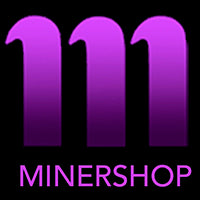
Gem Tugtupite, Chkalovite - Greenland
Weight and Dimensions
Shipping and Delivery
*Note: Please make sure to right-click and print (or save) ID card located in the photo gallery for your records*
An incredible, unusual gemmy and extremely tenebrescent tugtupite specimen from Kangerlussaq. Large and well-formed, gemmy tugtupite crystals – these kind of tug crystals are distinct to Kangerlussaq. These types of tugtupite crystals rare as hen's teeth, only found in two places in the world - Mont Saint-Hilaire, Canada and Greenland, and rarely offered.


On the left corner of one side is some beautiful green chkalovite (almost in crystal form).
Under midwave this piece glows all sorts purple-lilac, magenta, red colors. It also displays an incredible phosphorescence.

The brownish area is still considered tugtupite. The center circle area is a deep dark purple is unknown, probably chkalovite.

Museum quality. An outstanding tugtupite specimen.
We eventually found the source (see story below) and the resulting specimens were one of the prettiest from the complex IMHO - we nicknamed them "Kangerella". The deposit of this very unique material has since been mined out we only had a few remaining pieces left, occasionally finding one hidden in our inventory such as this. It is a beautiful pinkish/red fluorescing tugtupite, along with greenish/yellow fluorescing polylithionite and blueish fluorescing chkalovite and dark orange sodalite. The tugtupite fluoresces differently under each of the main wavelengths (like terlingua calcite) and is very phosphorescent (see pics).
(More history): We did some research and found that Sorensen (a Danish geologist in the 50's) had discovered a line of white boulders stretching from the cliffs to the shoreline in this area (the Kangerlussaq Fjord). Only then did we realize what the rock circles were; the locals had obliterated the white boulders in search for tugtupite (most commonly found in association with chkalovite - a white mineral). What was left were the circles of rock pieces.


MINERAL OF THE MONTH: FLUORITE















